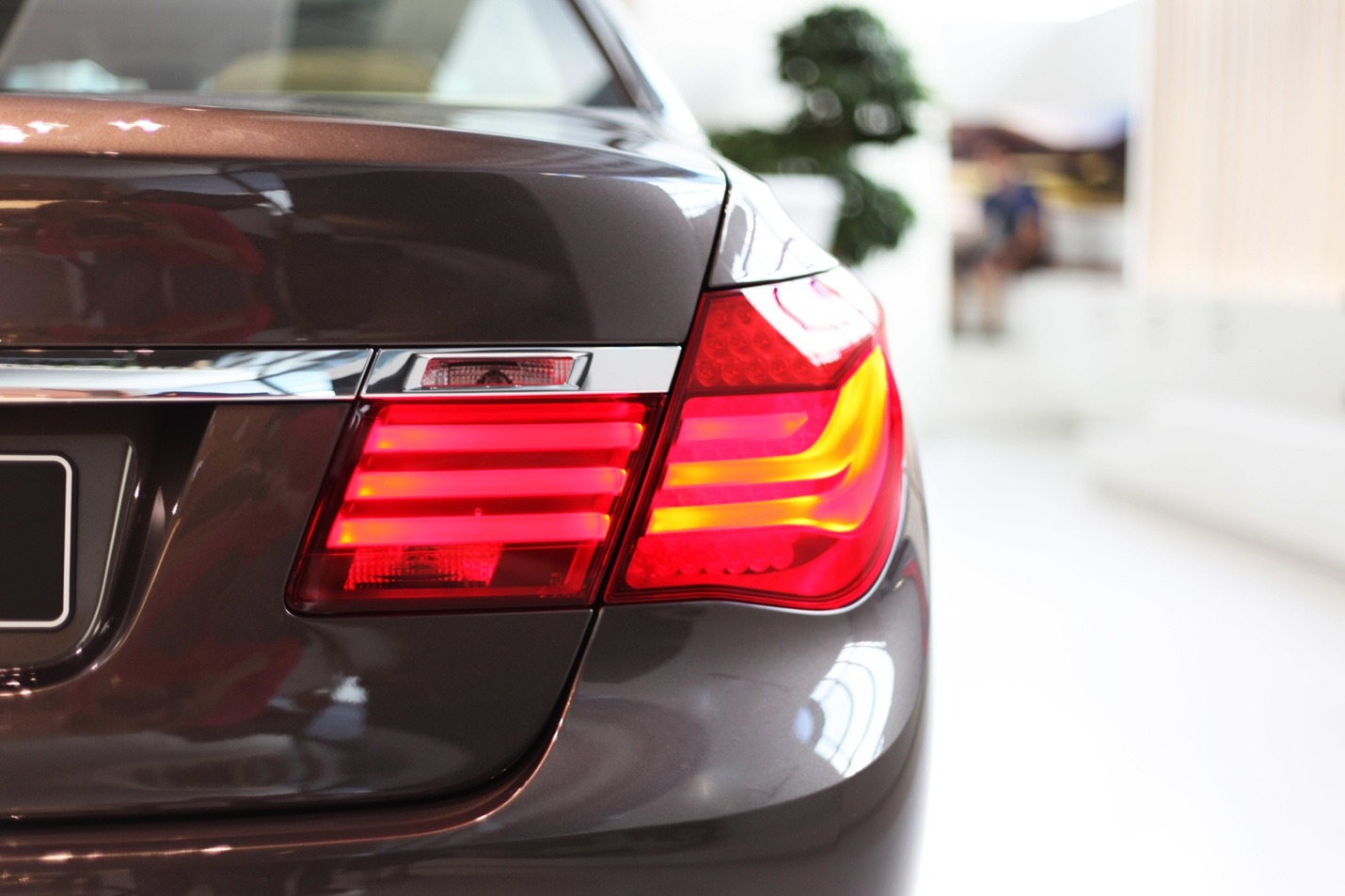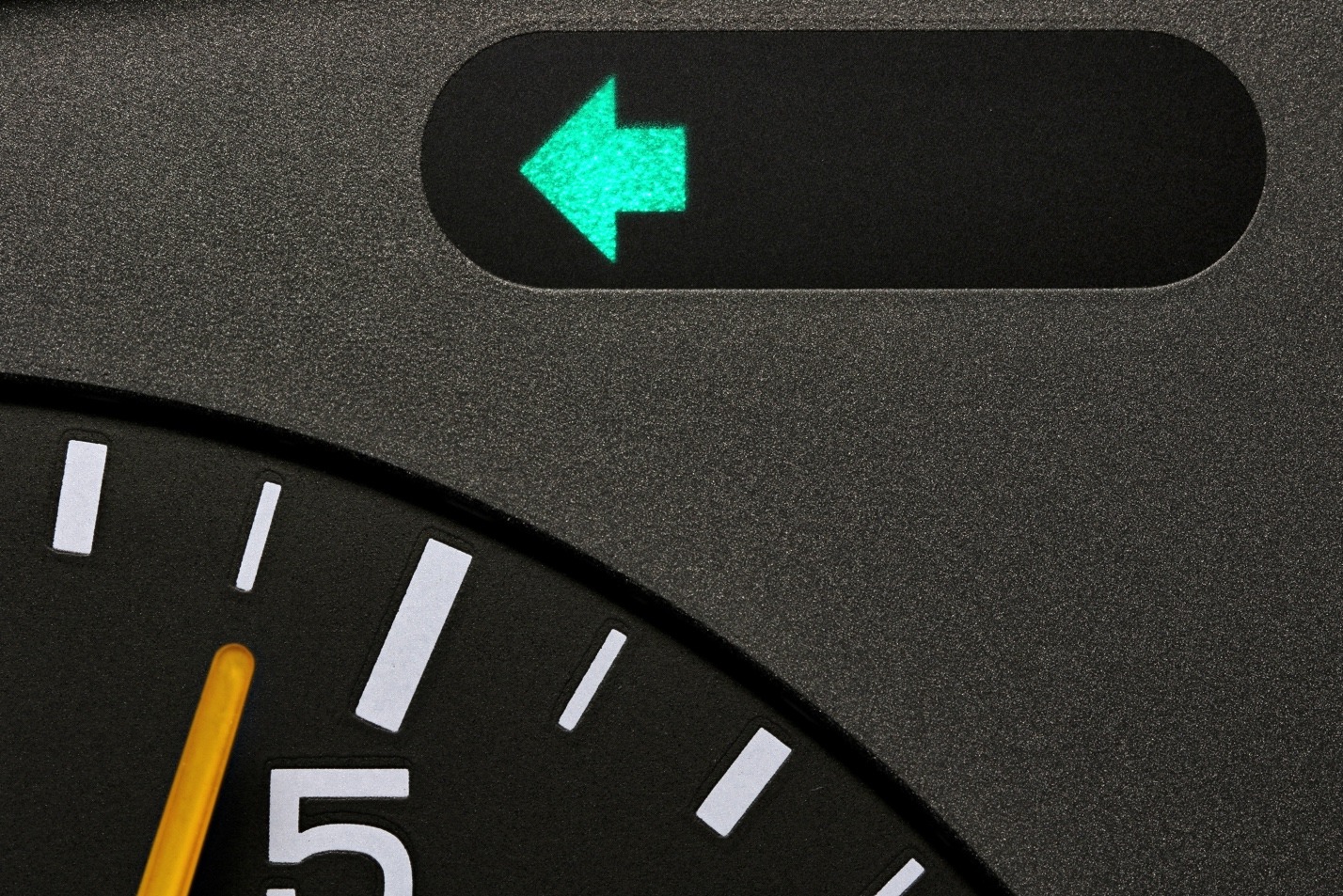
If you feel like most drivers don’t use their turn signals, know that you aren’t wrong. Online driver safety course statistics show a substantial number of drivers don’t use their turn signals. We’ll explore some statistics behind this phenomenon, and then cover why using turn signals is so important in the first place.
Most Drivers Don’t Use Signals
Surveys conducted in recent years show that the lack of turn signals is more than mere anecdotal evidence. A survey done in 2006 showed that 57% of drivers openly admitted to not using their turn signals. The majority of younger drivers between 18 and 24 years old don’t use them; that’s 71% of our youth who are not driving safely.
Studies continue to back up this trend. Statistics consistently show figures slightly above and below 50% of drivers not using turn signals. Unfortunately, there are no signs this trend is going away. About 42% of drivers claim that they didn’t have enough time to flip their turn signal on. Another 23% openly stated in the research studies that they didn’t feel like putting in the effort.
Just Plain Lazy
A significant source of this problem is laziness. Whether this lazy attitude comes from not understanding the importance of roadside communication or apathy is unclear. Still, the results don’t lie. A significant number of crashes result from a failure to activate turn signals. It’s not only uncourteous; it can be deadly.
When to Use Your Blinker
Assuming that drivers don’t understand the importance of using their turn signals is far more optimistic than the apathetic alternative. Unfortunately far too many drivers understand that the traffic laws require a turn signal but don’t know or haven’t given much thought as to why. Here are some common situations that we also include in our online traffic school course where it’s essential to use your turn signal.
Changing lanes is perhaps the first situation that comes to anyone’s mind. It doesn’t matter how new or fast your car is; drivers can’t change lanes on a whim without communicating that intention to their fellow drivers. It may save you from cutting someone off or hitting someone in your blind spot if they see you signal your intention beforehand. We all share the same road, so err on the side of caution and be considerate. Just remember to turn off your blinker when you’re done changing lanes.
Turning into, or out of, a side street is a dangerous endeavor if you’re not letting the person behind you know what’s going on. Slowing down in front of someone with no warning is asking for trouble. You can’t expect other drivers to be paying perfect attention 100 percent of the time. Failing to use your blinker is going to get you into a fender bender, at best.

Activating your turn signal at stop lights and stop signs is absolutely the correct decision. You never know when the driver on the opposite side of the road isn’t paying attention. They could think their light turned green when it was actually just the left turn light. Adding that extra layer of communication and security will remind them it’s not their turn yet.
Driving is as much about communication as it is about getting to your destination. It isn’t a race or a single player video game. Your car is dangerous piece of machinery, and it can hurt others when you’re not paying attention or talking to your fellow drivers. Using your turn signal liberally and appropriately is an important part of safe, defensive driving.
Already have a long list of tickets? There’s no time like the present to fix the problem. Connect with Ticket School for safe driving classes to help you get it right going forward.
